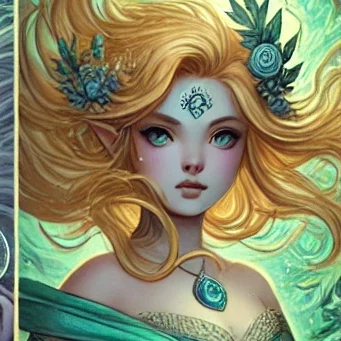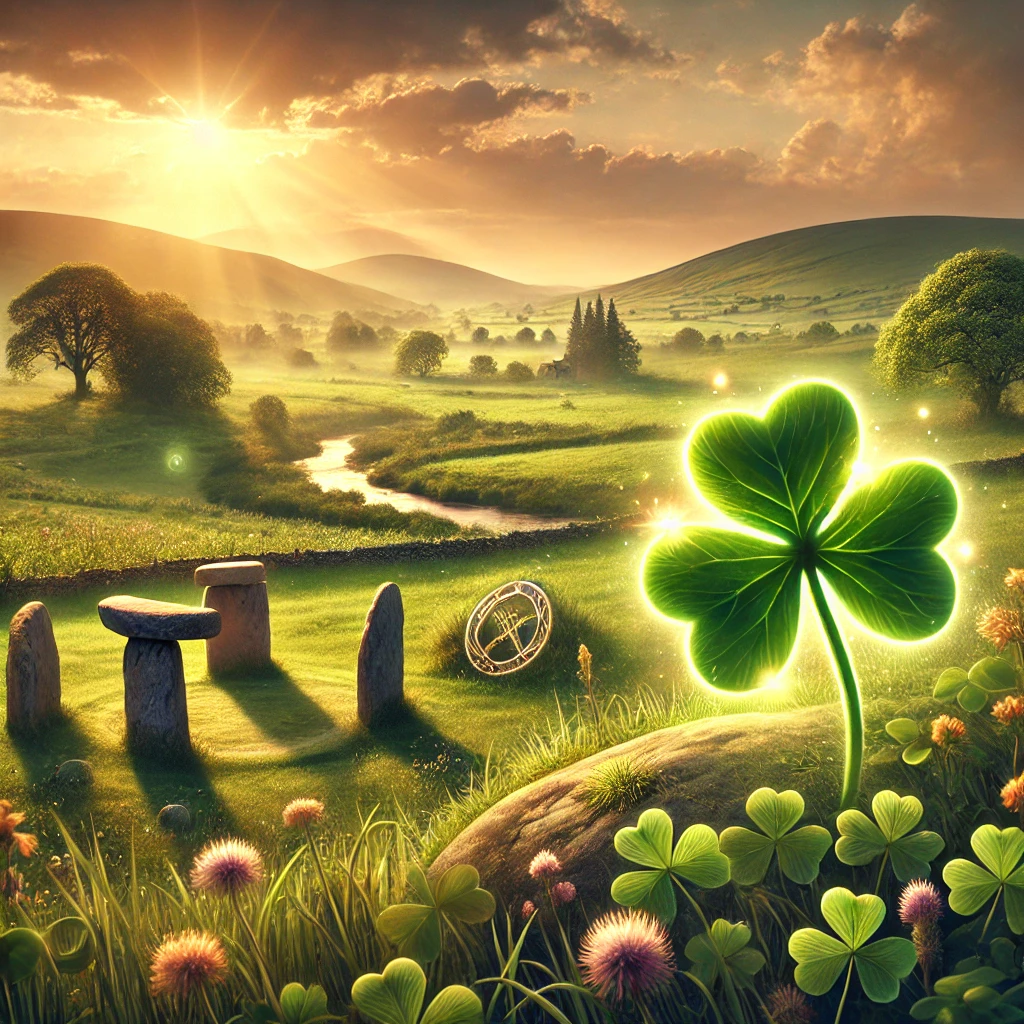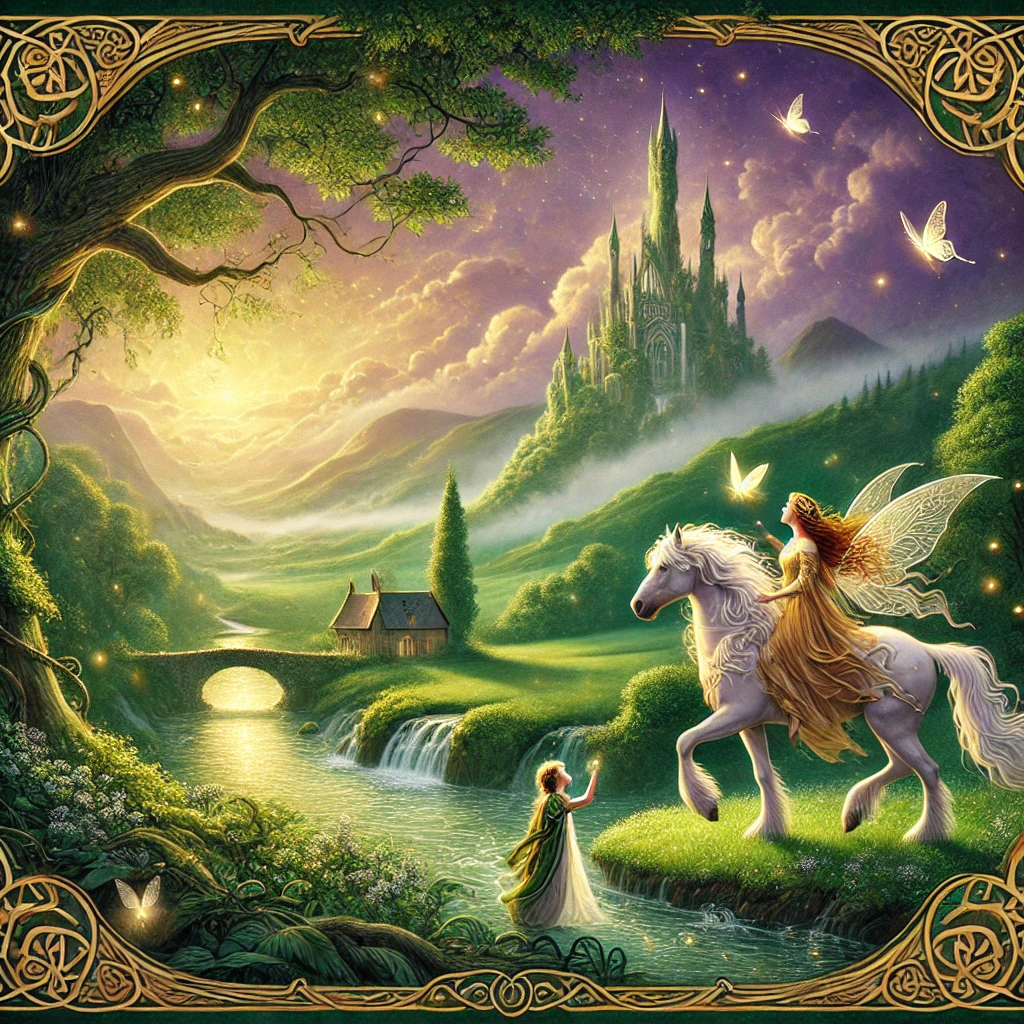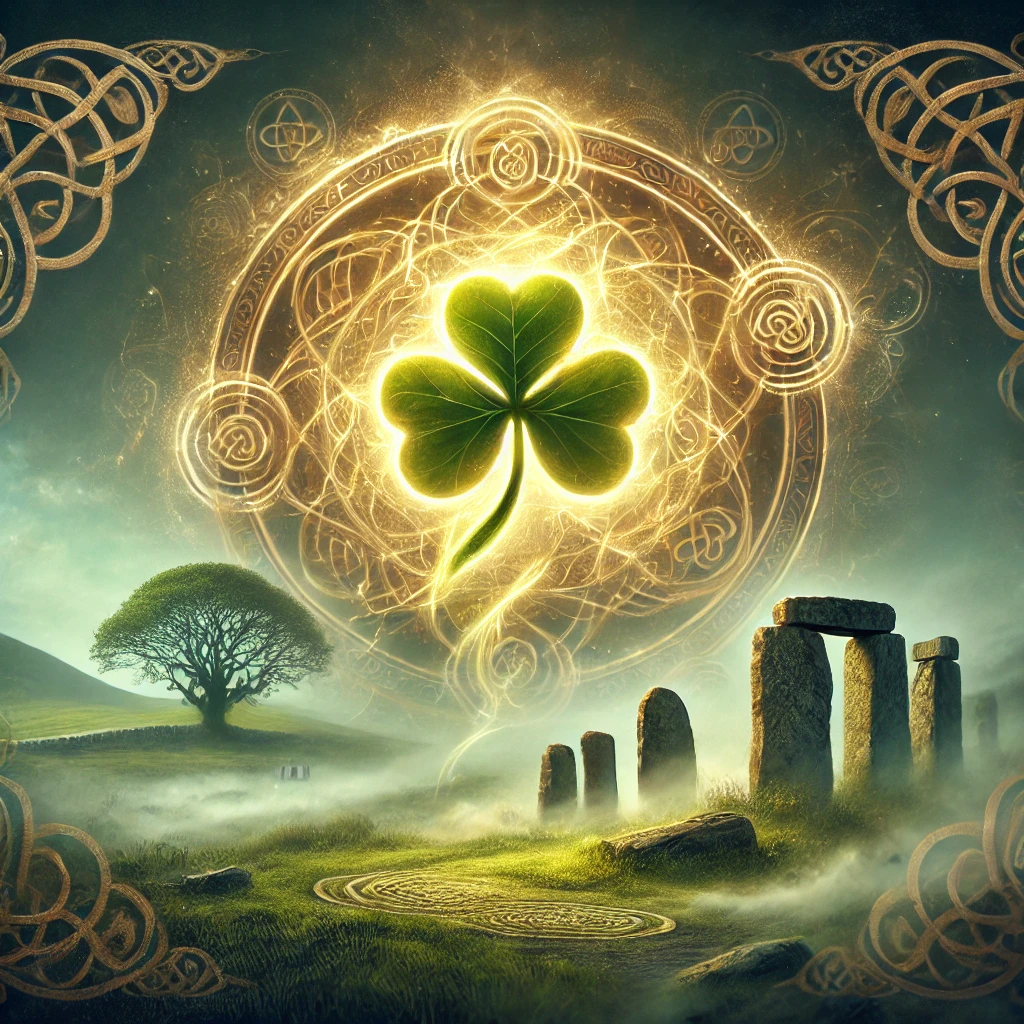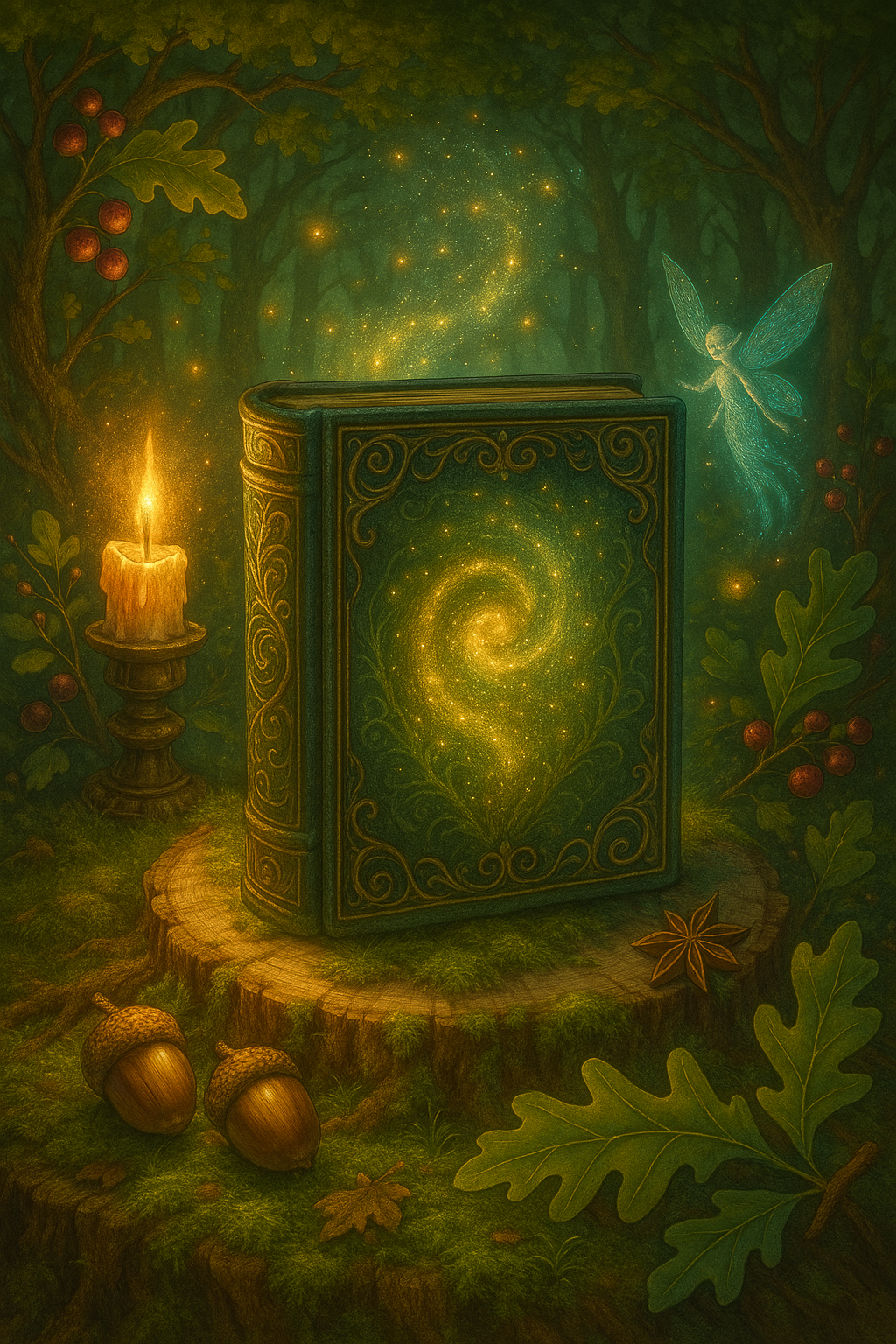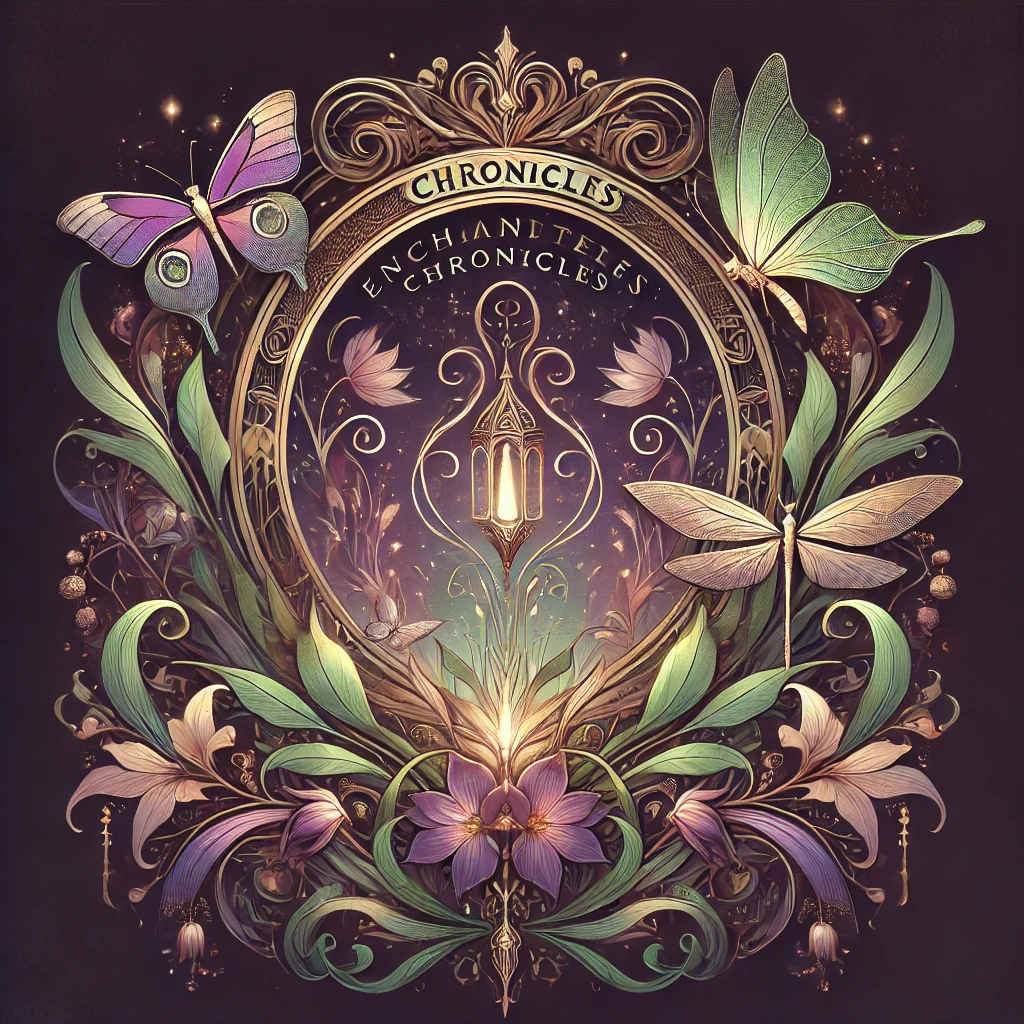The Shamrock: A Timeless Emblem of Ireland ☘️
The Historical Origins
The word shamrock originates from the Irish word seamróg, meaning “little clover.” It refers to a species of clover with three leaves, often identified as Trifolium dubium or Trifolium repens. While there is no definitive evidence confirming which exact plant was originally considered the shamrock, historical records from as early as the 16th century mention it as a symbol linked to Ireland.
St. Patrick and the Shamrock
The most famous legend associated with the shamrock dates back to St. Patrick, the patron saint of Ireland. In the 5th century, St. Patrick was instrumental in converting the Irish people from paganism to Christianity. According to legend, he used the shamrock to illustrate the concept of the Holy Trinity—the Father, the Son, and the Holy Spirit—while preaching to the Irish Celts. The three-leaf clover became a powerful religious symbol and was subsequently adopted as a sacred representation of Irish Christianity.
Though no historical documents from St. Patrick’s time confirm this specific story, the connection between the shamrock and Irish religious identity has persisted through the centuries. By the 17th century, the shamrock had become firmly linked to Ireland, particularly in association with St. Patrick’s Day, celebrated annually on March 17th.
Social and Cultural Context in St. Patrick’s Time
During St. Patrick’s era, Ireland was a land of Druids and Celtic polytheism, where nature played an essential role in religious practices. Sacred trees, stones, and plants were believed to hold mystical powers. The Celts revered the number three (3), seeing it as a symbol of harmony and balance, which explains why the three-leafed shamrock resonated so strongly with both Christian and pre-Christian traditions.
As Christianity spread across Ireland, it intertwined with existing folklore and beliefs, allowing symbols like this one to bridge the gap between old traditions and new religious teachings. The shamrock, a simple plant of nature, became a symbol of divine unity and Irish resilience.
The Symbol in Irish Folklore
Beyond its religious significance, this symbol is deeply embedded in Irish folklore. It is often associated with good fortune and protection. Some common legends include:
The Luck of the Shamrock: While the three-leaf shamrock is a powerful Irish symbol, the four-leaf clover is considered a rare and lucky find. Each leaf is said to represent faith, hope, love, and luck.
Druids and the Shamrock: Before Christianity, Celtic Druids believed it had mystical properties. They thought it could ward off evil spirits and that its three leaves represented earth, water, and air, elements crucial to their beliefs.
The Shamrock and Fairies: In Irish mythology, fairies (or the Sidhe) were thought to be mischievous yet powerful beings. It was believed that carrying it could protect one from fairy mischief or even grant the ability to see them.
The Evolution of the Shamrock Over Time
As Ireland evolved, so did the symbolism of the shamrock. By the 18th century, the shamrock was no longer just a religious emblem—it became a political and nationalistic symbol.
The United Irishmen (1790s): During British rule, Irish rebels wore the shamrock as a sign of defiance and national pride. The British, in response, imposed harsh penalties, making it illegal to wear shamrocks in some cases.
Victorian Era & The Great Famine (1845-1852): Irish emigrants, fleeing famine and poverty, brought their cultural symbols, including the shamrock, to America and beyond. This is when the globalization of the shamrock as an Irish symbol truly began.
Modern Times: Today, the shamrock is synonymous with St. Patrick’s Day, Irish identity, and commercial branding. It is used in everything from Beer advertisements to national sports teams and even by the Irish government as a diplomatic gift.
The Shamrock in Ireland Today: Why It Still Matters
Despite centuries of change, the shamrock remains one of Ireland’s most cherished symbols. Every year, it plays a central role in St. Patrick’s Day celebrations, both in Ireland and across the world.
It continues to be a powerful symbol of unity, faith, and Irish heritage, embodying the spirit of a nation that has endured hardship and flourished through resilience and cultural pride.
The shamrock is more than just a simple plant—it is a living testament to Ireland’s history, folklore, and cultural identity.
From its sacred role in Celtic and Christian traditions to its modern-day status as a global emblem of Irish pride, it has endured through the ages as a symbol of faith, fortune, and national unity.
So, the next time you see one, remember the rich history and deep-rooted meaning behind this small but mighty emblem of Ireland. ☘️
